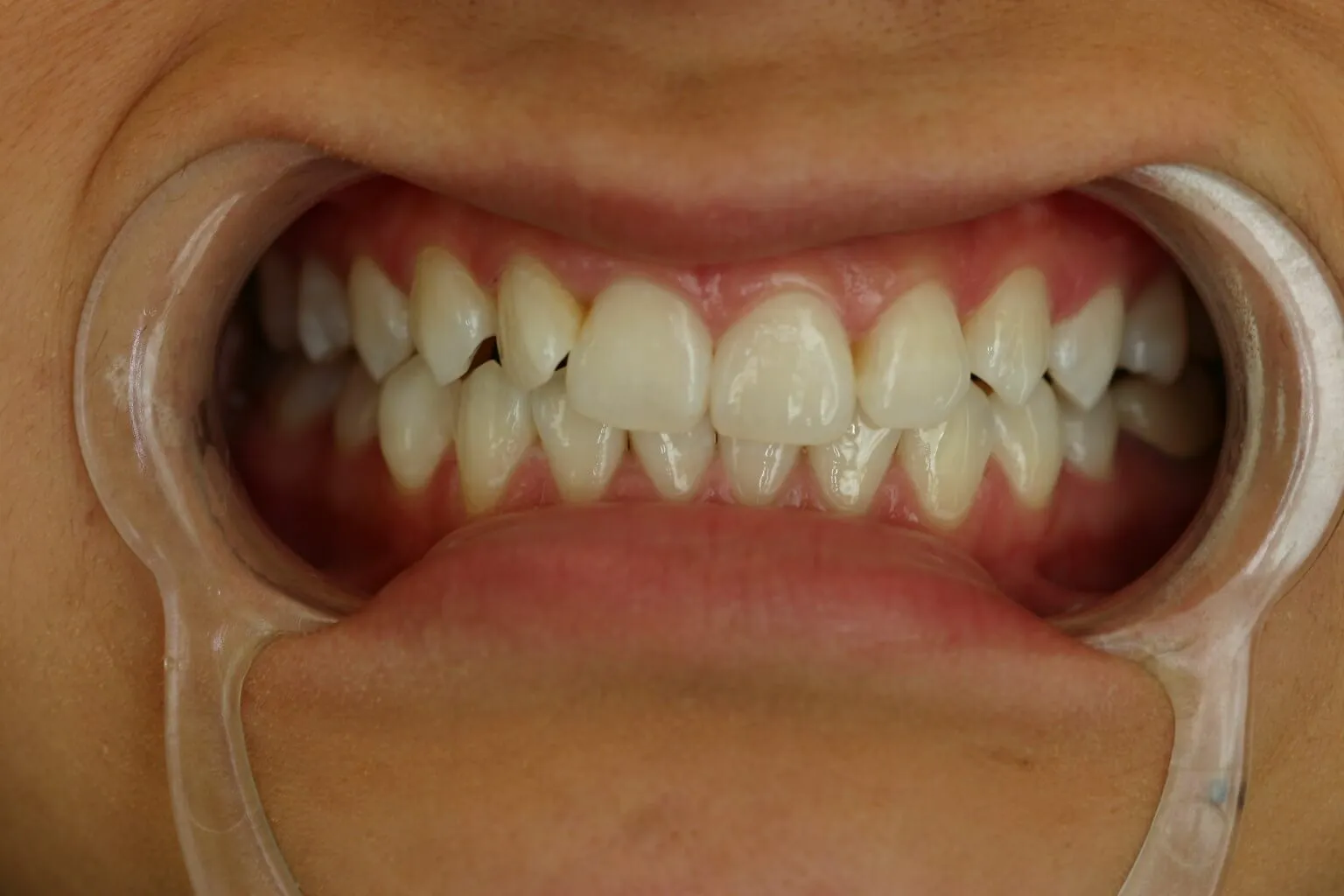Zoom Whitening Contraindications Overview
Zoom whitening is a popular and effective cosmetic dental procedure designed to lighten the color of your teeth. Using a high-concentration hydrogen peroxide gel activated by a special light, Zoom whitening can achieve significant results in a single office visit. However, like any medical procedure, Zoom whitening has contraindications, meaning there are certain conditions or circumstances under which it is not recommended or may require special precautions. Understanding these contraindications is essential to ensure the safety and effectiveness of the treatment. This guide provides an overview of the most important Zoom whitening contraindications to help you make an informed decision about whether this procedure is right for you.
Sensitivity and Discomfort
One of the most common side effects of Zoom whitening is temporary sensitivity and discomfort. This usually subsides within a few days of the treatment. The high concentration of the whitening agent can penetrate the enamel and reach the dentin, causing irritation to the nerves in the teeth. Patients often report experiencing a sharp, shooting pain, or a dull ache. While this is a normal response, it’s important to be aware of it and to take steps to manage the discomfort. Dentists typically recommend using desensitizing toothpaste before and after the procedure to minimize sensitivity. Also, avoiding very hot or cold foods and drinks for a few days after the treatment can help to reduce any discomfort.
Tooth Sensitivity
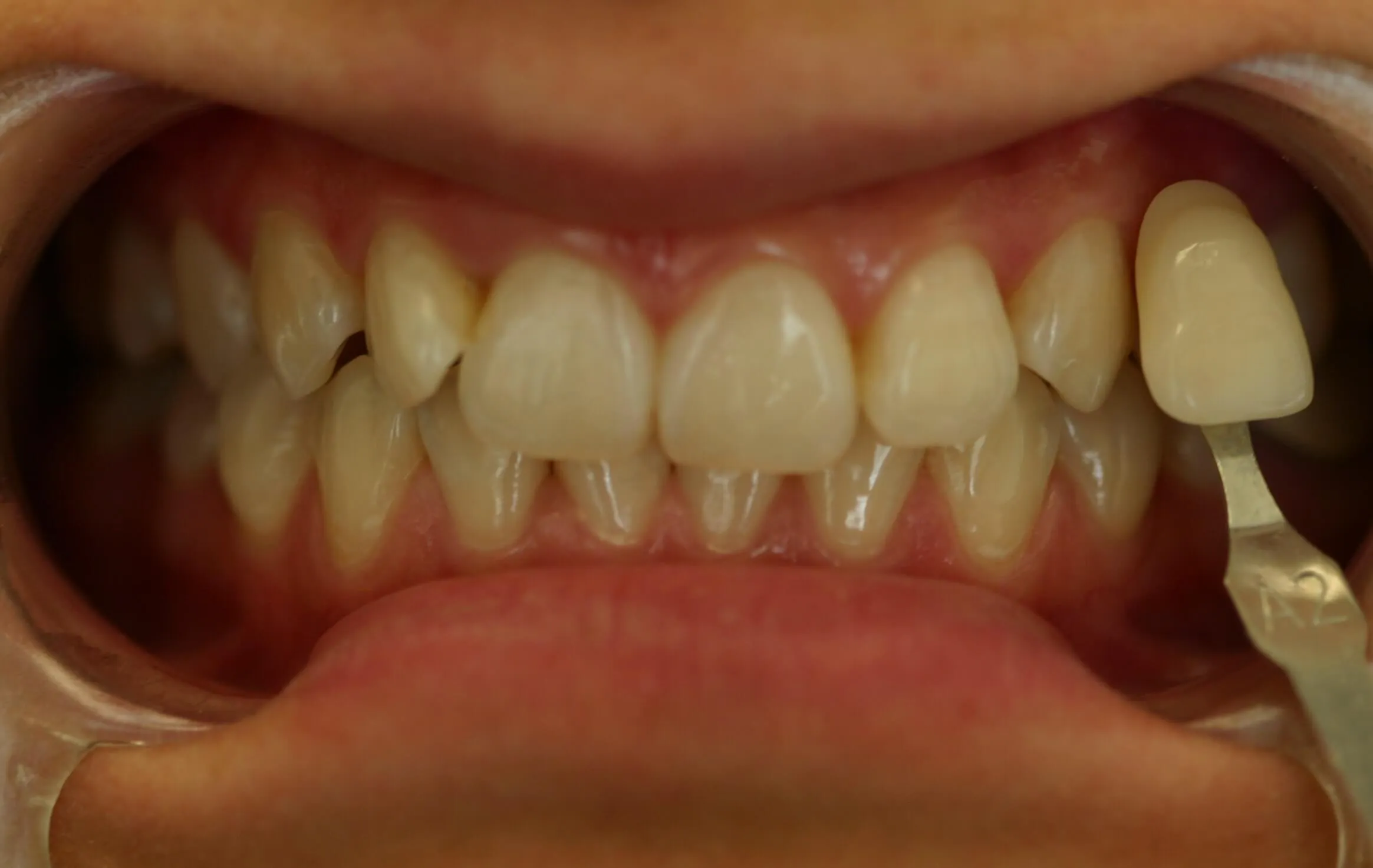
Tooth sensitivity is a frequently reported side effect of Zoom whitening. The whitening agent, hydrogen peroxide, can temporarily make the teeth more sensitive to temperature changes and pressure. This sensitivity is usually mild and resolves within a few days or weeks after the treatment. Those with naturally sensitive teeth may experience more pronounced sensitivity. Dentists often recommend applying a fluoride treatment or using a desensitizing toothpaste to help alleviate this problem. For most individuals, the benefits of a brighter smile outweigh the temporary sensitivity. The severity of sensitivity can be managed with proper precautions and by following the dentist’s advice.
Gum Irritation
Gum irritation is another potential side effect. The bleaching agent, if it comes into contact with the soft tissues of the mouth, can cause irritation, redness, or even minor burns. This is why dentists take great care to protect the gums during the procedure. Before starting the treatment, they apply a protective barrier to the gums, which shields the soft tissues from the whitening gel. If the gel does touch the gums, it can lead to temporary inflammation and discomfort. After the procedure, it is crucial to practice good oral hygiene, gently brushing and flossing, to minimize any irritation. Typically, any gum irritation will resolve within a few days. If it persists or worsens, it is essential to contact your dentist immediately.
Existing Dental Work
The effectiveness of Zoom whitening is limited in cases involving existing dental work. The whitening agent only works on natural tooth enamel. It will not change the color of fillings, crowns, veneers, or other restorations. Therefore, if you have any dental work in the front of your mouth, the whitening treatment may result in an uneven appearance, as your natural teeth will become lighter, while the restorations will remain the same color. This contrast can be noticeable and may require additional cosmetic procedures to achieve a uniform look. Therefore, it is essential to discuss any existing dental work with your dentist before undergoing Zoom whitening.
Fillings and Crowns
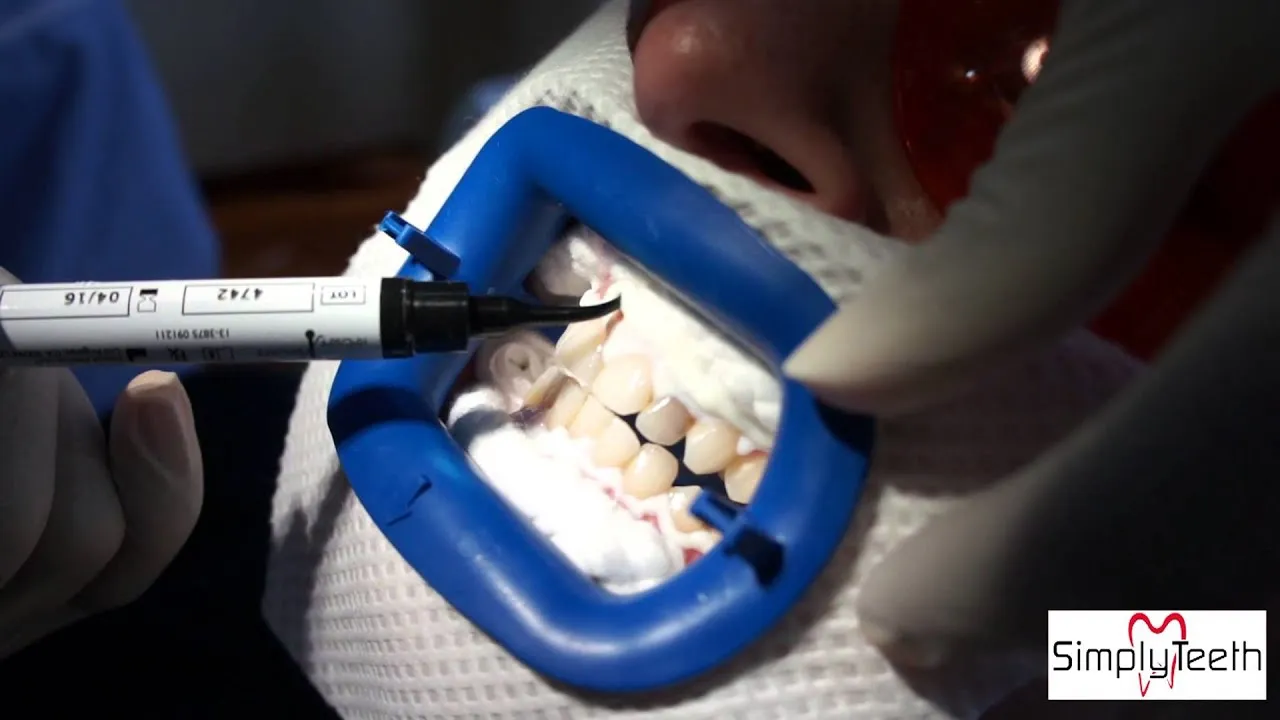
Fillings and crowns are made of materials that do not respond to the Zoom whitening treatment. These materials, such as composite resin or porcelain, are designed to be stain-resistant. While this is beneficial in many ways, it means that these restorations will not lighten along with your natural teeth. If you have fillings or crowns in the front of your mouth, the color difference can become quite noticeable after whitening. Your natural teeth will brighten, while the restorations will stay the same color. This can create an uneven smile, and you might need to consider replacing these restorations to match your newly whitened teeth.
Root Canals
Teeth that have undergone root canal therapy may also present a challenge for Zoom whitening. Root canal treatment removes the nerve and blood supply from the tooth, making it more brittle and susceptible to staining. While Zoom whitening can be effective on teeth that have had a root canal, the results can be unpredictable. In some cases, the whitening agent may not penetrate the tooth effectively, leading to inconsistent results. Also, teeth that have had a root canal may darken over time, so the whitening effect might not last as long as on vital teeth. Your dentist might recommend internal bleaching to brighten the tooth from the inside if necessary.
Pregnancy and Breastfeeding
Pregnant or breastfeeding women should avoid Zoom whitening. The safety of the procedure on developing babies or infants has not been sufficiently established. While the amount of chemicals absorbed might be minimal, the potential risks are not worth the potential harm. During pregnancy and breastfeeding, the focus is on the health and safety of both the mother and the baby. It is best to postpone cosmetic dental procedures, including Zoom whitening, until after the baby is weaned. If you are considering teeth whitening and are pregnant or breastfeeding, consult your doctor or dentist for alternative options.
Effects on the Fetus
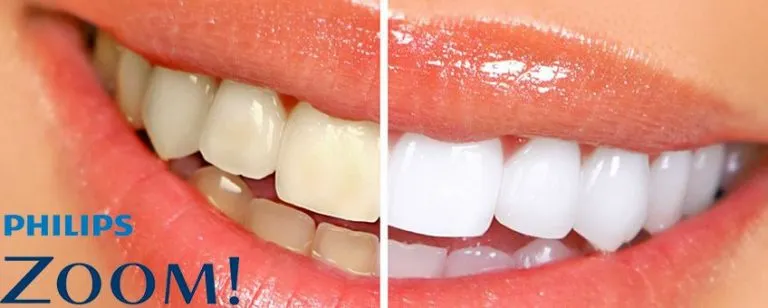
The potential effects of Zoom whitening on the fetus are not fully understood. Although the amount of whitening agent absorbed into the bloodstream is minimal, the chemicals involved could pose a risk to the developing baby. Because the baby’s health is the primary concern during pregnancy, most dentists advise against any elective procedures that could potentially pose a risk. This is a precautionary measure to ensure that the pregnancy proceeds without any unnecessary complications. It is crucial to inform your dentist if you are pregnant or planning to become pregnant before any cosmetic dental work.
Alternative Options
If you are pregnant or breastfeeding and desire teeth whitening, there are safer alternatives. Your dentist may suggest waiting until after the baby is born and weaned to undergo Zoom whitening. Alternatively, your dentist might recommend other teeth-whitening options that can be used without any known harm to the baby. This could include at-home whitening kits using lower concentrations of peroxide, or other professional treatments that may be considered safer. Discussing the available options with your dentist will help you determine the best course of action while ensuring the health and safety of both you and your baby.
Certain Medications
Certain medications can affect the outcome of Zoom whitening. Some medications can cause tooth sensitivity or other oral health issues, which could be exacerbated by the whitening process. Also, some medications could interact with the whitening agent and reduce its effectiveness. It is essential to inform your dentist about all medications you are taking, including prescription drugs, over-the-counter medicines, and any supplements. Your dentist can assess whether these medications could pose any risks or complications and advise you on whether to proceed with the treatment. If necessary, your dentist can provide recommendations or adjust your treatment plan accordingly.
Photosensitive Drugs
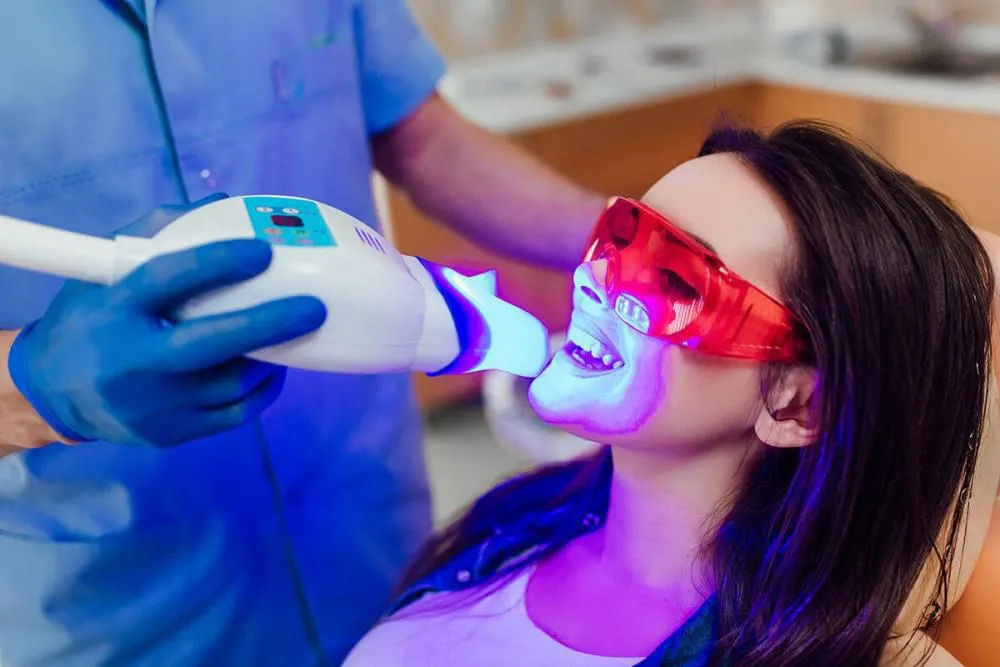
Photosensitive drugs are a specific type of medication that can increase your sensitivity to light. Because Zoom whitening uses a special light to activate the whitening agent, it is important to inform your dentist if you are taking any photosensitive drugs. These drugs can increase the risk of complications, such as increased sensitivity or an adverse reaction to the light used in the procedure. Your dentist may recommend postponing the treatment or exploring alternative whitening options if you are taking photosensitive medications. It’s important to always be transparent about your medical history and medication use to ensure the procedure is safe and effective.
Consultation with a Dentist
A thorough consultation with a dentist is an essential step before considering Zoom whitening. The dentist will evaluate your oral health, discuss your medical history, and assess whether you have any contraindications. This consultation involves a detailed examination of your teeth and gums to determine your suitability for the procedure. Your dentist will check for signs of tooth decay, gum disease, or any other conditions that could affect the whitening process. They will also review your medical history and discuss any medications you are taking. This is the perfect opportunity to voice all your questions and concerns. A consultation helps to ensure the treatment is safe and effective. It also helps you gain realistic expectations.
Unrealistic Expectations
It is important to have realistic expectations about the results of Zoom whitening. The treatment can significantly lighten the color of your teeth, but it might not achieve the exact shade you desire. Individual results vary depending on the initial color of your teeth, the presence of stains, and other factors. Understanding these limitations is critical for patient satisfaction. Setting achievable goals before undergoing Zoom whitening can help manage expectations and prevent disappointment. A dentist can discuss the potential outcomes and provide guidance on what to expect.
Achieving the Desired Shade
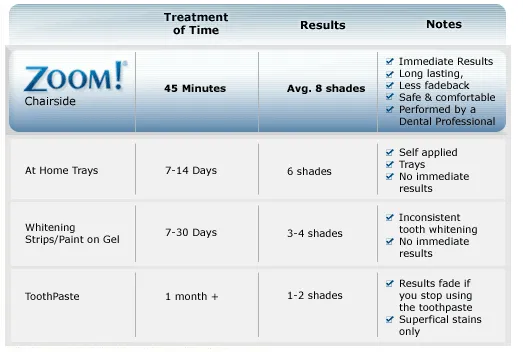
While Zoom whitening can lighten teeth significantly, there are limitations to how light your teeth can get. The final shade depends on factors like the natural color of your teeth, the type of stains, and how your teeth respond to the whitening agent. It is unlikely to achieve the exact shade you envision. Some people may have teeth that respond better to the treatment than others. Discussing your expectations with your dentist before starting is crucial. The dentist can evaluate your teeth and let you know if the desired shade is possible. They may also suggest other cosmetic procedures like veneers if you want a dramatically lighter shade.
Managing Expectations
Managing expectations is key to a positive experience with Zoom whitening. It is essential to understand that the treatment is effective, but it may not deliver a perfect, one-size-fits-all result. Your dentist can provide a realistic assessment of what you can expect based on your individual circumstances. They will show you shade guides to help you understand the range of possible results. It is vital to be open with your dentist. Ask all your questions, and make sure you understand the process and the potential outcomes. This will help avoid disappointment and increase your overall satisfaction with the procedure. It is also important to remember that the results are not permanent and that maintenance may be needed.
Conclusion
Zoom whitening is an effective way to enhance your smile, but it’s crucial to be aware of the contraindications. Understanding these limitations, such as sensitivity, existing dental work, pregnancy, medication interactions, and unrealistic expectations, can help you make an informed decision. Always consult with your dentist before undergoing Zoom whitening to ensure your safety and achieve the best results. By carefully considering these factors and working closely with your dentist, you can confidently brighten your smile while minimizing any potential risks.
